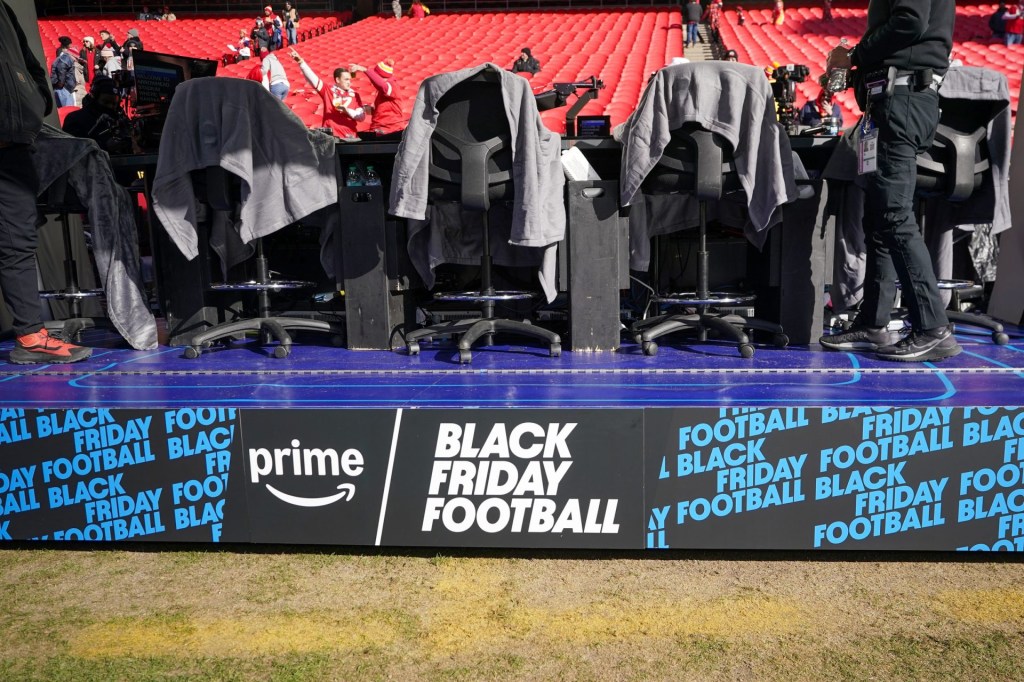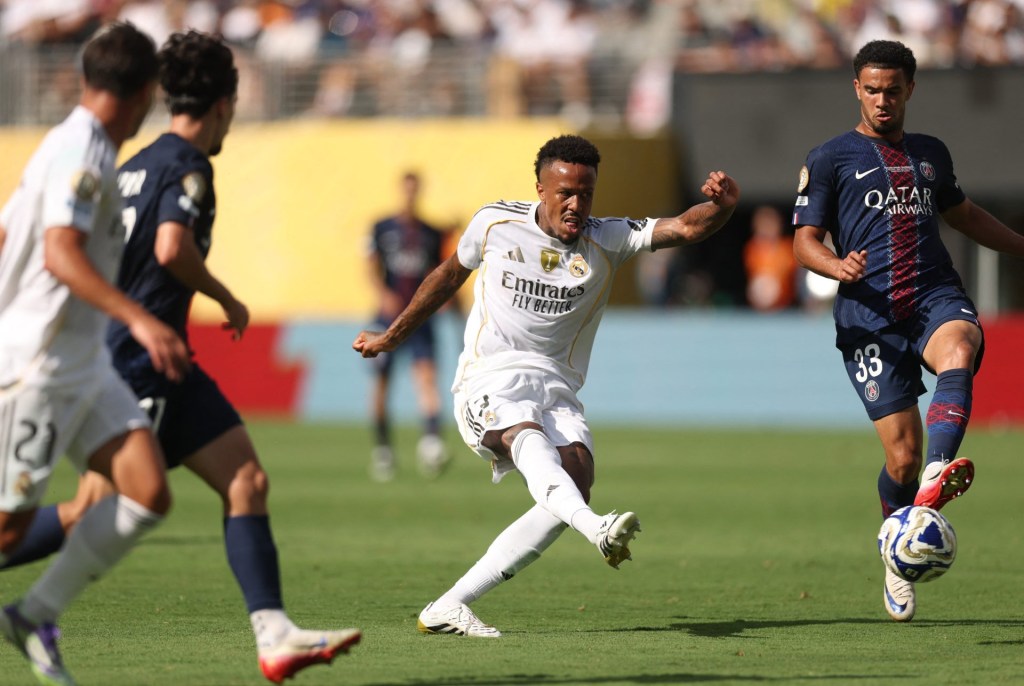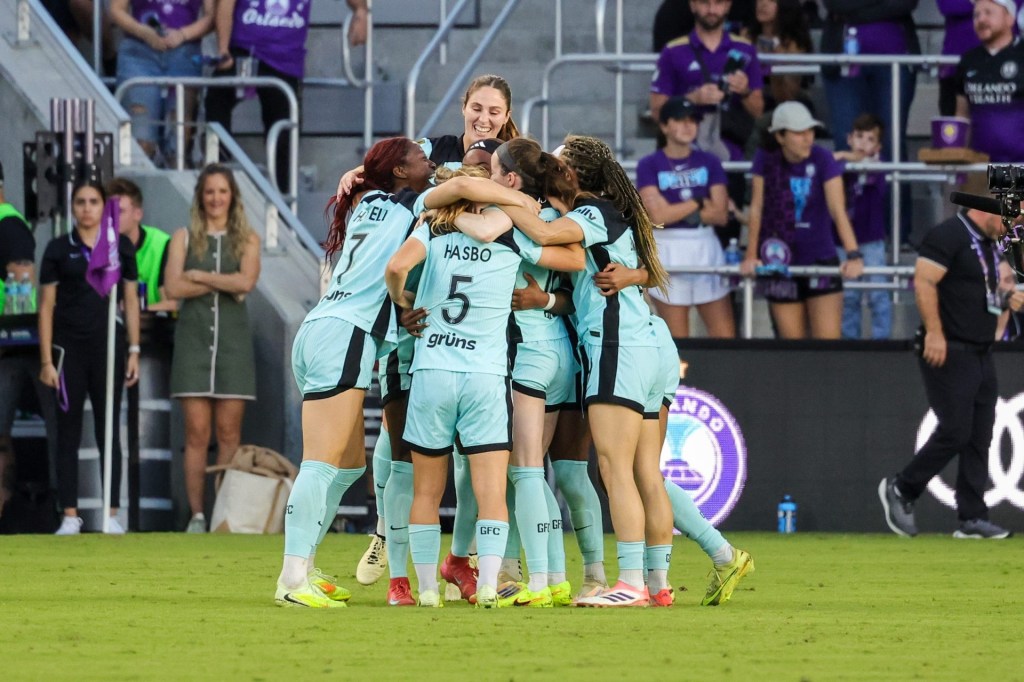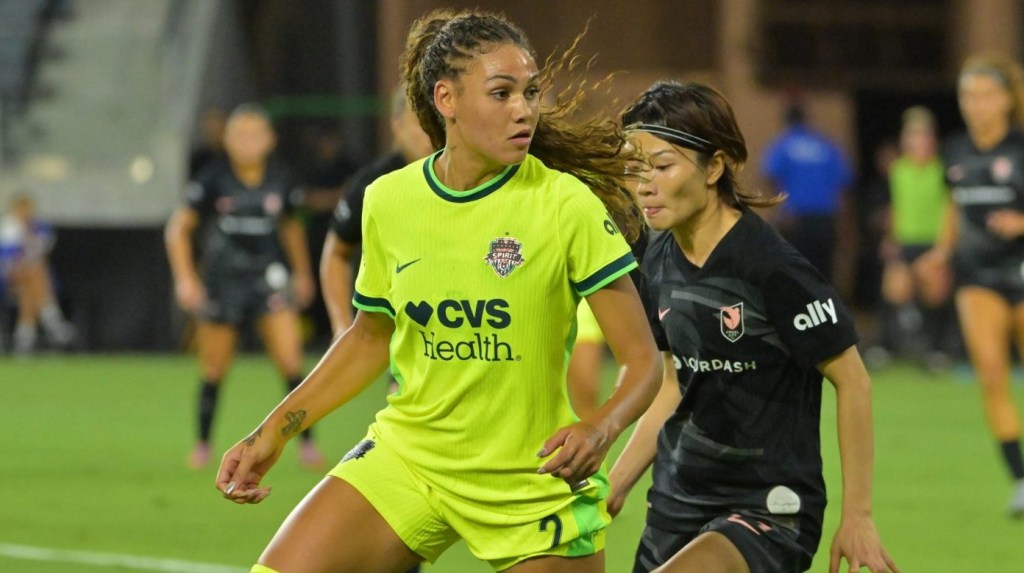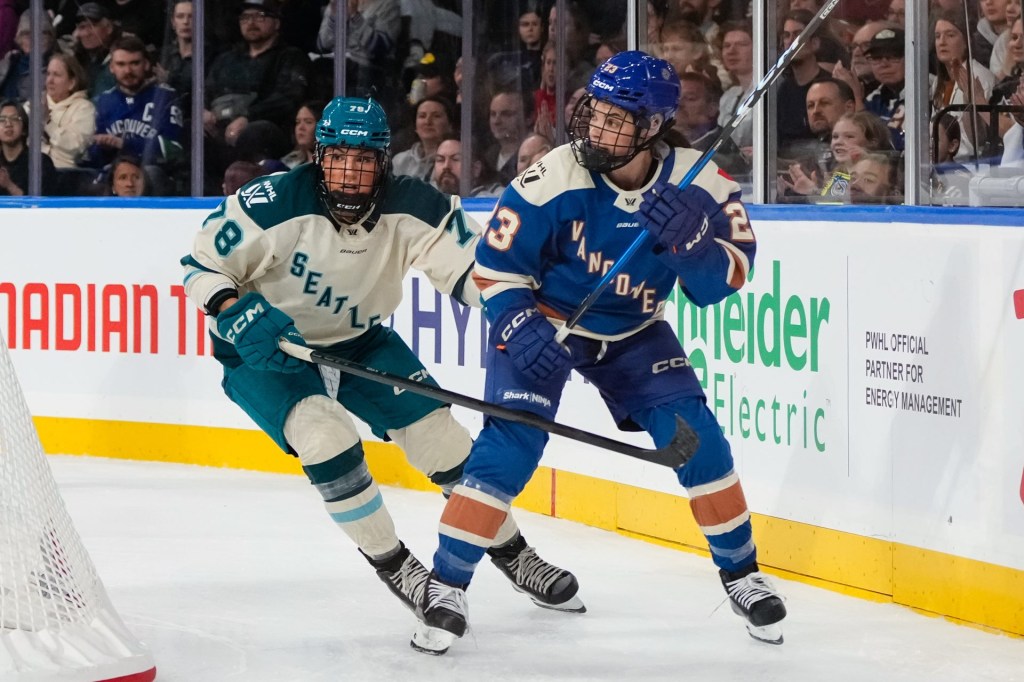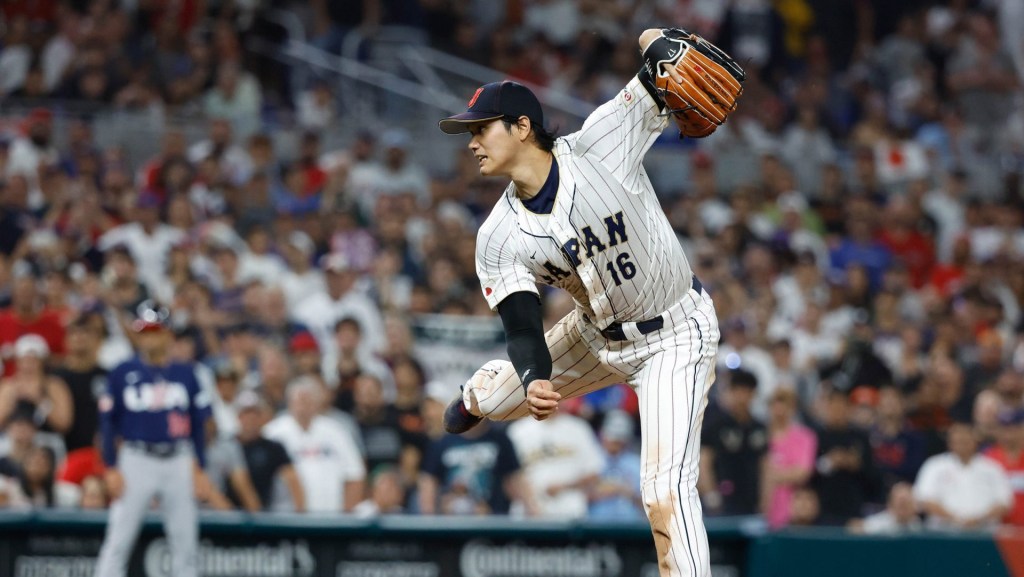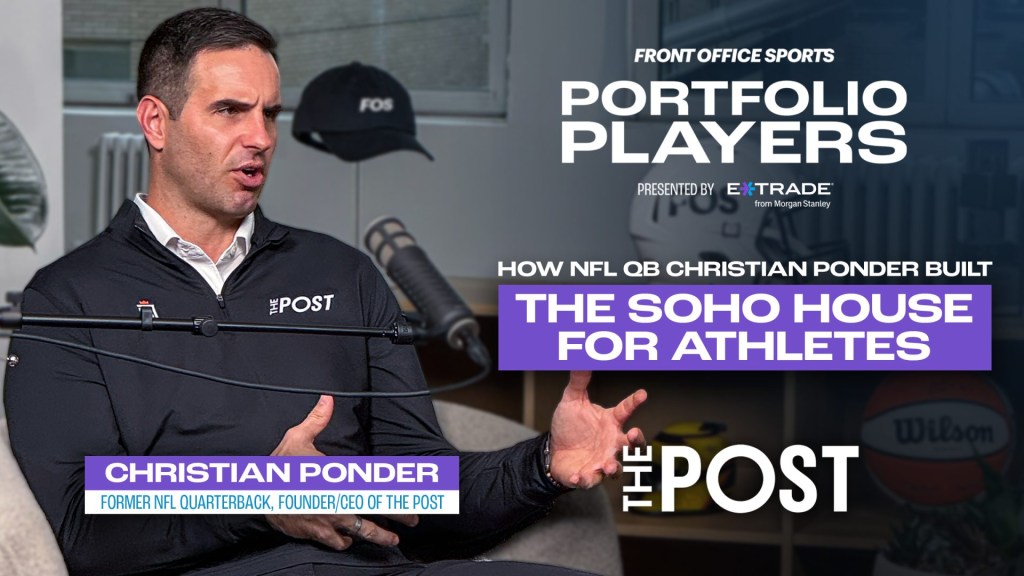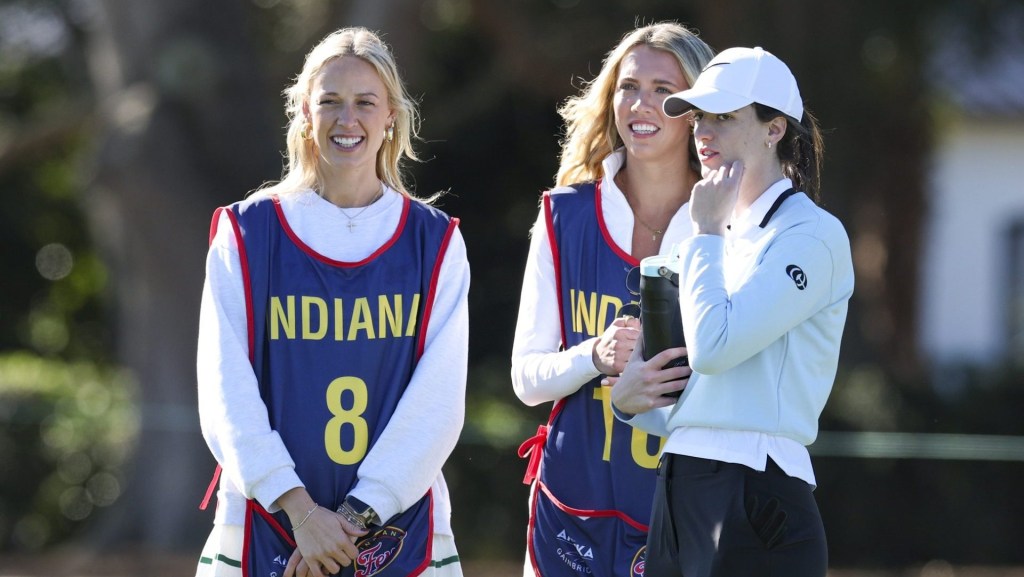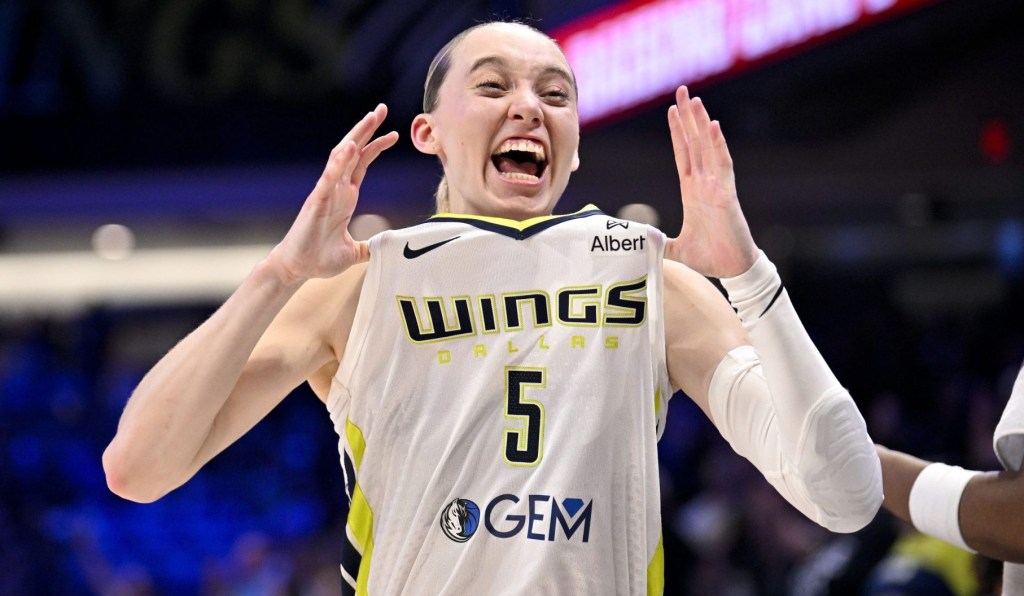Some dreams do come true.
The World Series matchup between the Yankees and Dodgers—coveted for years by many across the sport—is officially happening after Los Angeles clinched the National League pennant late Sunday to join New York in the Fall Classic.
The meeting, involving two of baseball’s most popular and successful teams, revives a World Series rivalry that happened 11 times between 1941 and 1981 to become the event’s most common matchup—but not since then. This year’s World Series will also involve the Dodgers’ Shohei Ohtani and the Yankees’ Aaron Judge, the league’s two biggest stars sharing the sport’s most prominent stage, and is the climax of a scintillating postseason that has restored significant buzz to MLB’s most important month. Game 1 is set for Friday at Dodger Stadium.
The question now before MLB and Fox Sports, which will air the World Series domestically, is how big the viewership can go now that the heavyweight battle between the Yankees and Dodgers is certain. There is a low base for the event, as last year’s meeting between the Rangers and Diamondbacks set a record for the least-watched World Series, with an average of 9.1 million.
It’s a virtual lock that Yankees-Dodgers will do much better, and other recent seasons have seen average World Series viewership generally hover between 11 million and 14 million. There have been three notable outliers in the last 15 years: the 2017 World Series between the Astros and Dodgers (18.9 million), 2016 with the Cubs and Cleveland (22.8 million), and 2009 between the Yankees and Phillies (19.3 million). The 2017 and 2016 World Series, however, each went the full seven games—which is enormously powerful in driving additional viewership—and the latter also involved Chicago breaking its famous 108-year championship drought. The six-game 2009 event, meanwhile, represented the Yankees’ most recent World Series appearance until this year.
More broadly, the overall U.S. television industry continues to experience unprecedented upheaval, driven heavily by cord-cutting and cord-nevering. The accelerating shunning of the traditional pay-TV model by consumers has left the number of subscribers with a cable or satellite subscription at 53.7 million, down by 12% from just a year ago and slightly more than half the level of 2014.
“Can this overcome some of the fracturing we’re seeing in the pay-TV market? I think so,” William Mao, Octagon SVP of global media rights consulting, tells Front Office Sports. “I’m bullish on this one. You’ve got the two top [U.S.] markets, these big teams, and big stars. If it’s competitive—and I think it will be—it’s just going to build and build. This is also going to be again on over-the-air television, which continues to grow and I think will help drive audience here.”
Mao predicted that with those factors, the Yankees-Dodgers World Series could surpass an average viewership of 20 million and challenge the 2016 numbers.
Not Just the U.S.
Domestic television, however, is far from the only World Series media story. Even with the anticipated U.S. viewership growth, numbers could be even larger in Japan, Ohtani’s home country. For some Division Series games, Japanese viewership of the Dodgers easily surpassed U.S. figures, despite an overall population about one-third as large.
With a 16-hour time difference between the U.S. West Coast and Japan, MLB playoff games typically air in the morning hours. To that end, Ohtani’s World Series debut in Game 1 will be happening Saturday morning in Tokyo—a factor that could help bring ratings there to the types of figures normally seen for late-stage NFL playoff games in the U.S.


